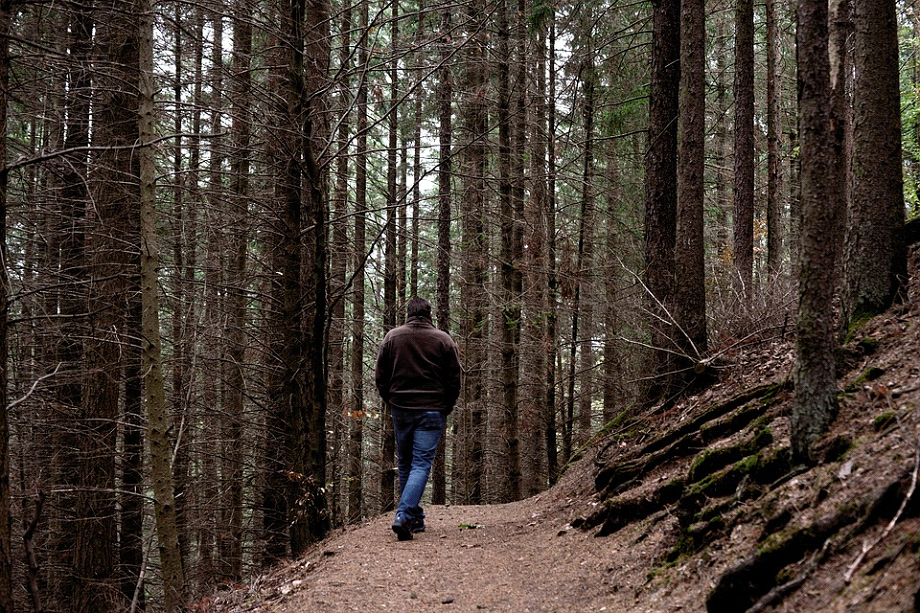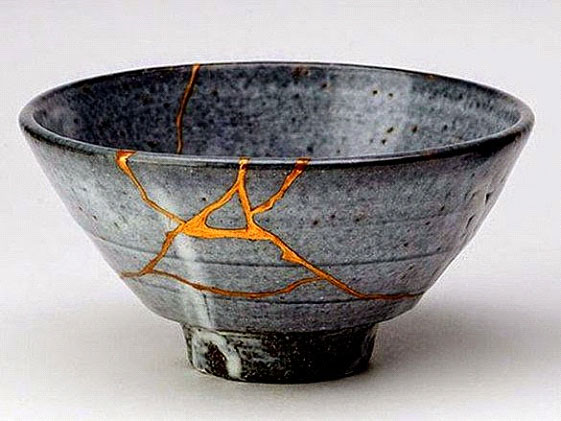EMDR

When I first heard about EMDR (Eye Movement Desensitization Reprocessing), I was having lunch with a good friend who was talking about this new therapy technique that she had begun receiving as a client. She was very excited about it but her description of it was somewhat lacking. She briefly described the technique as based on eye movements and that she held buzzers in her hand sounded…odd and somewhat fraudulent to me. Her happiness in the results she was describing was easy to see. My first response was skeptical of the therapy. I thought, “Swim with dolphins, pray with crystals, hug a tree, if it makes you happier and your life feels better, go for it!” A few months later, two colleagues shared that they were studying and being trained in the technique; their clients reported major changes in how they felt about their past, as well as building self-confidence in themselves.
Now I was really intrigued and started to read about the technique, which was discovered by Francine Shapiro after walking in the woods. She was very emotional about something in her life and after a walk in the woods, she noticed she felt better. While nature itself has been shown to be extremely calming and peaceful for people, she noticed that in creating a path for herself in the woods that her eyes were consistently scanning back and forth to wind a place to walk between the trees. At the same time, many research studies were being published on the eye movements human beings have when sleeping and how essential this REM (Rapid Eye Movement) sleep is for all of us. Ms. Shapiro began developing and honing the technique that became known as EMDR and devoted herself to training and research to make this technique widely known.
After being trained in EMDR, I felt hesitant about introducing it with my clients and when a new client who was dealing with PTSD began therapy with me. Being a policeman exposed him to several major traumas and over time, this become emotionally very intense and he was suicidal. He was highly anxious, depressed and feeling intense shame for even having these issues. Connecting with his wife and kids, let alone his friends became more and more difficult. I knew talk therapy would not be enough to help him. I was nervous to dive into EMDR but explained the technique. Because he was desperate to feel better, he was ready to try anything. The session was very intense for him as we began to work on processing the several traumas he had experienced. At the end of the session, I checked in on how he was feeling and he stated he felt better. Honestly, I was shocked – feeling better after one meeting? I asked him to share more about how he felt better.
His replay remains the best explanation I have heard for why EMDR can be really helpful, “I feel like my pain is on the other side of the room and there is a membrane between me and my pain.” Our work continued for many months as the series of traumas were so intense and shattering for him. He eventually recovered from dealing with PTSD symptoms and has moved forward with his life.
Whoa! I was blown away by his response and started a fascination with this therapy that continues. Becoming certified and continuing to study EMDR while working with my clients have only solidified my amazement at how this technique can help people feel better faster than talk therapy. While this technique continues to be an extremely powerful therapy for people with a diagnosis of PTSD, it can also be used to help people feel more confident, feel less anxious, less sad and start building and achieving personal and professional goals. EMDR became a new and valued way of working with clients that can bring them transformative results that they desire.


